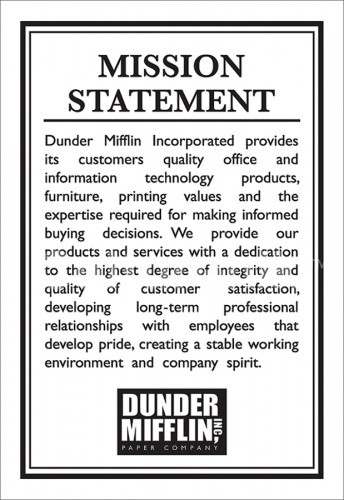Book Recommendations: The Advantage
Today I’m reviewing The Advantage by Patrick Lencioni. A book written for leaders looking to build a healthy organization.
Intro
The book opens explaining why organizational health is so important. This is The Advantage referenced by the title. If you’re not sold on the idea that culture is a big business advantage by the end of the chapter, you’re probably better off reading something else…
The 6 questions
Next, the author goes on to describe The Four Disciplines Model ™. In a nutshell:
1. Build a Cohesive Leadership Team
Keep the team small. Make sure every leader understands that playing for the leadership team is more important than favoring their specific departments. Foster conflict, but achieve commitment (“Disagree and commit”). Once you reach commitment, keep people accountable. Finally, embrace feedback, you have to be willing to be vulnerable with your team-mates. It is ok to admit when you fuck up1.
2. Create Clarity
Once you have a good leadership team, make sure you’re aligned on the important topics. To achieve this, the leadership team should answer 6 questions:
- Why do we exist?
- How do we behave?
- What do we do?
- How will we succeed?
- What is most important, right now?
- Who must do what?
The answers to these questions will become the kernel of every decision taken. So, don’t fall for generic marketing 💩. Be really specific on what your key differentiator is, and drop everything else. If you’re not willing to center all your business in, say, customer satisfaction just don’t mention it.

Bottomline, if your answers sound like Dunder Mifflin’s mission statement you’re doing it wrong.
As soon as there’s agreement and commitment on these answers the leadership team needs to communicate them to the rest of the organization.
3. Over-communicate Clarity
The book advocates for 2 communication strategies:
- Cascading communication: the same message should be relayed down the ranks, organically. That is, don’t just learn a script and repeat it like a robot, understand the message and pass it through face to face. Give people the chance to ask questions to clarify meaning.
- Over-communication: Repeat the message until it sticks. Say it again, and again, and again… Only after hearing the same thing from multiple source people will believe it.
4. Reinforce clarity
Finally, make sure all actions are aligned with the answers agreed upon by the leadership team. Actions speak louder than words. Lead by example.
All company processes should reinforce these values. When hiring don’t just look for technical ability, check for cultural fit first. The first few days of a new hire in the company are key to instruct new employees on the company values. Don’t waste them with trivial stuff like setting up the email account, they’ll have time for that. Similarly, every benefit, promotion and reward should be designed to remind employees what’s important.
Meetings
The last part of the book focuses on how to have meaningful meetings. It proposes a framework of 4 different type of meetings:
- Daily checkins: aka Standup Meetings.
- Weekly staff meetings: in which the author proposes setting no agenda beforehand and instead using the first 15 minutes to align on what topics should be discussed.
- Adhoc topical meetings: 2 to 4 hours meetings focused on a single topic.
- Quarterly off-site 1 or 2 days offsite to revisit and reiterate on the 6 questions.
To be honest I didn’t find much new knowledge on the meetings topic. But maybe that’s only because I was familiar with the author’s book on the subject: Death by meetings.

-
More on this in Radical Candor↩
